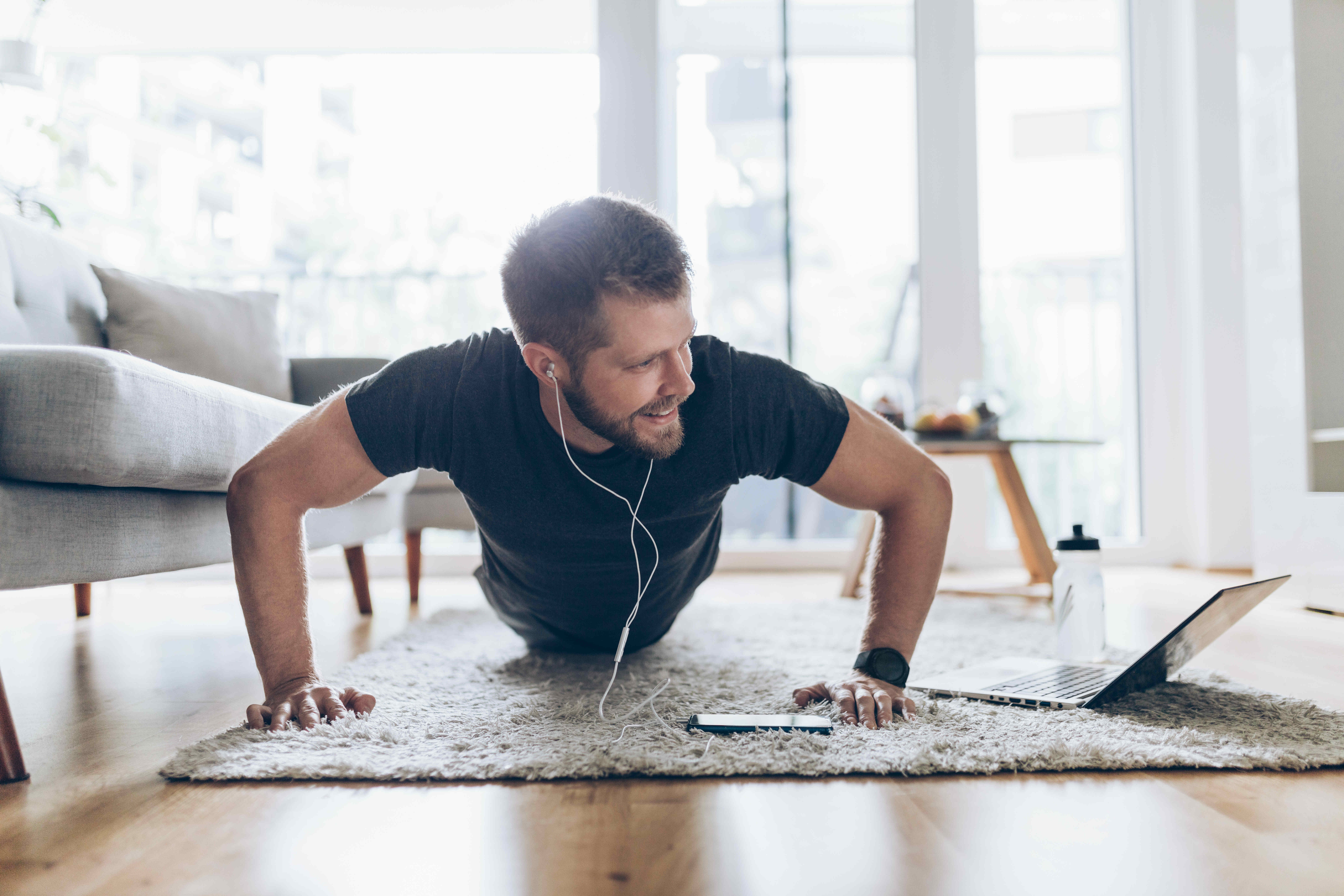You don’t need a $70-a-month gym membership or boutique fitness classes to get in shape. With the right mix of creativity, resources, and planning, you can build a workout routine that fits your goals—and your budget—without sacrificing results.
Why Gym Memberships Aren’t the Only Option
Gyms can be motivating, but they’re also a recurring expense. For many people, that monthly fee becomes one more bill to pay rather than a true motivator to work out. Add in transportation costs and the risk of unused memberships, and it’s easy to see why affordable alternatives are worth exploring.
The good news is that fitness isn’t tied to a location—it’s about movement, consistency, and progression. And those things can happen anywhere, with or without specialized equipment.
Take Advantage of Free Online Resources
Fitness trainers, physical therapists, and even professional athletes share workouts for free on platforms like YouTube and Fitness Blender. You can find everything from beginner yoga flows to advanced strength training programs, often with full-length videos and step-by-step guidance.
If you prefer structured plans, some fitness apps offer free tiers that include guided workouts, progress tracking, and nutrition tips. Testing these before committing to a paid upgrade ensures you’ll actually use them.
Use What You Already Have
Household items can double as workout tools. A sturdy chair works for tricep dips, gallon jugs can be makeshift dumbbells, and a towel can replace resistance bands for certain stretches. Stairs—indoors or outdoors—are perfect for cardio and leg workouts.
Bodyweight exercises like push-ups, squats, and planks require no equipment at all, and they can be scaled for all fitness levels.
Explore Outdoor and Community Options
Your local park, trail, or even neighborhood sidewalks can become your fitness space. Walking, running, cycling, or bodyweight circuits outside add variety and fresh air to your routine. Many cities have public fitness equipment along walking paths, designed for strength and cardio exercises.
Community centers, YMCAs, and recreation departments often offer low-cost fitness classes, pool access, and weight rooms for a fraction of traditional gym prices. Some even have “pay per visit” passes so you only spend money when you actually go.
Find Accountability Without Paying for It
One of the biggest benefits of a gym is the built-in accountability—but you can get that for free. Start a workout challenge with friends, join a free online fitness group, or use a free tracking app to log your progress. Publicly sharing your goals and updates, even in a small group chat, can boost motivation.
Buy Equipment Strategically
If you want to invest in home equipment, start small. Resistance bands, a jump rope, or an exercise ball cost under $30 each and can provide hundreds of workout variations. Check local classifieds, thrift stores, or sites like Facebook Marketplace for secondhand weights, mats, and cardio machines.
Avoid splurging on expensive equipment right away—try the workouts for at least a month to make sure they’re a good fit for your lifestyle.
Take Advantage of Trial Offers
Many gyms and studios offer free or discounted trial periods. Use these strategically to sample different workout styles—like spin, boxing, or Pilates—without committing long-term. Even if you decide not to sign up, you’ll walk away with new exercise ideas for your home or outdoor workouts.
Build a Sustainable Routine
The most affordable workout is the one you’ll stick with. Instead of chasing every new trend, focus on a mix of cardio, strength, flexibility, and rest days that you actually enjoy. Consistency matters more than perfect programming, especially when your main goal is overall health.
By building a habit with low- or no-cost resources, you leave room in your budget for other priorities—while still reaping the benefits of regular exercise.
Sources
